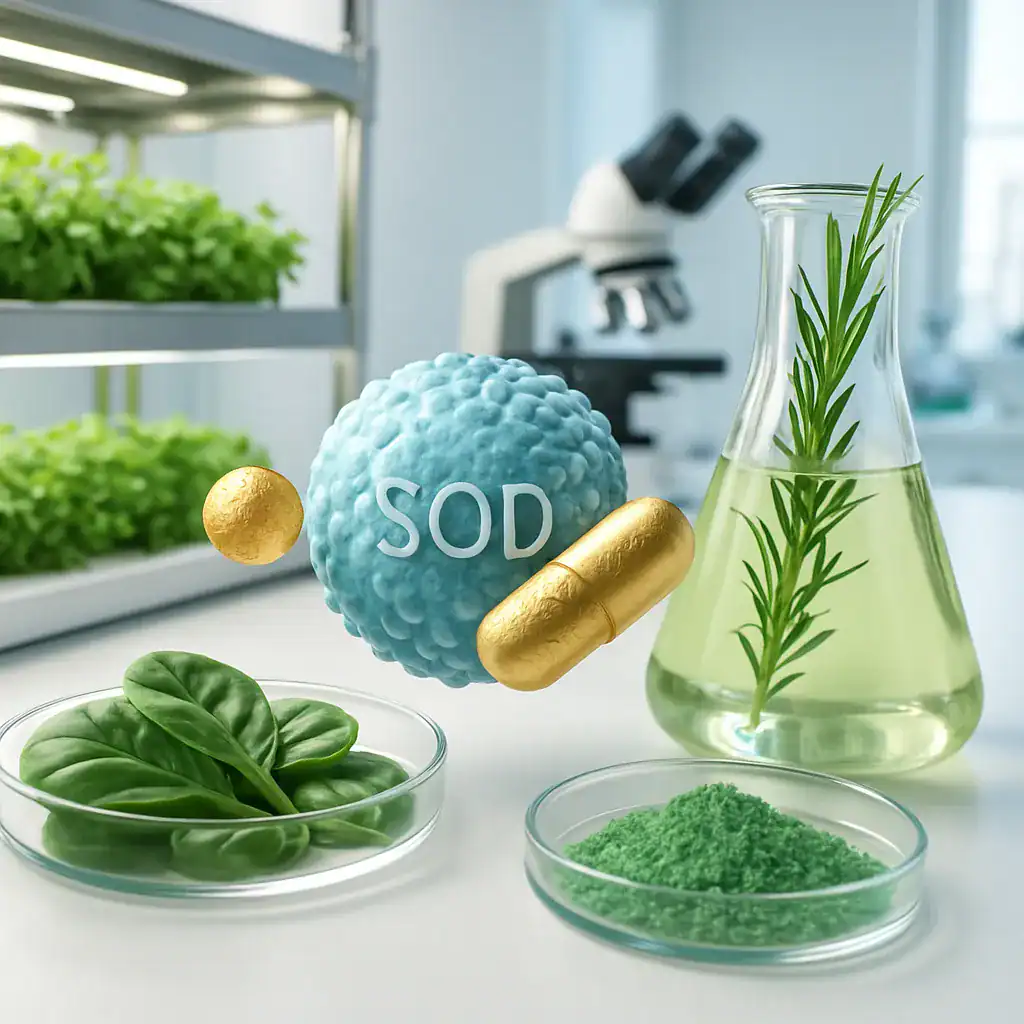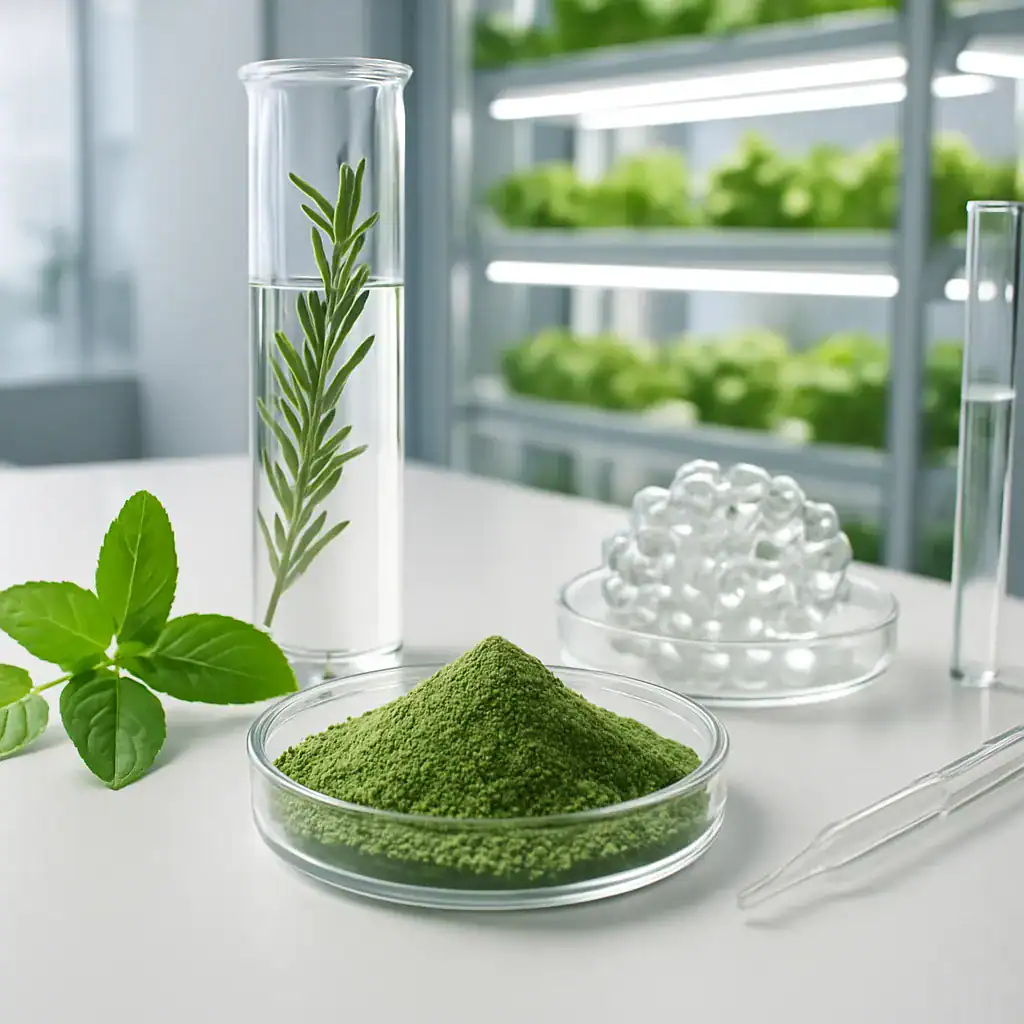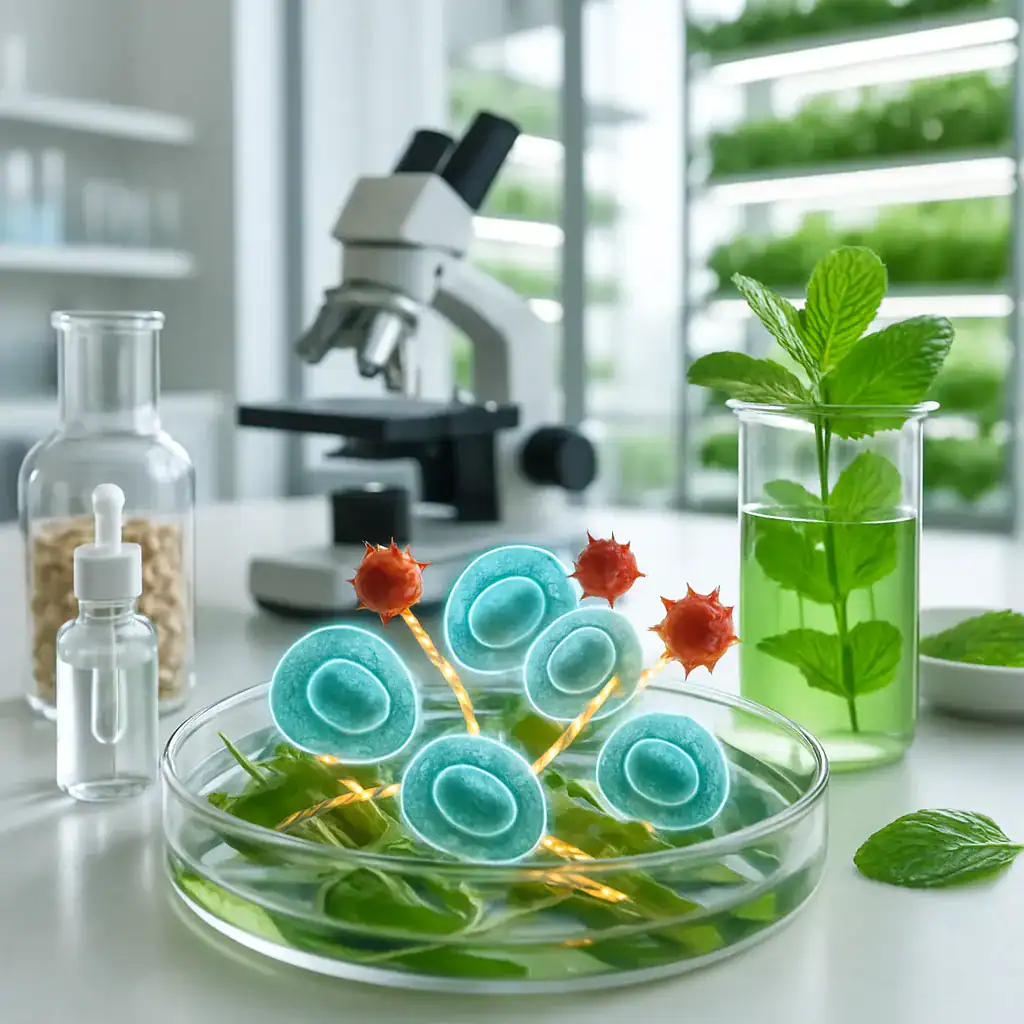Free radical damage prevention: How can you shield your body from oxidative stress?
Key idea: Reducing oxidative stress through antioxidants, lifestyle choices, and bioactive compounds supports healthy ageing and overall wellbeing.
free radical damage prevention is the set of strategies your body uses to limit harm from unstable molecules that form during normal metabolism and environmental exposure. When free radicals accumulate, they drive oxidative stress, which can damage lipids in cell membranes, proteins, and DNA. Antioxidants neutralise reactive species by donating electrons, helping to stabilise them and interrupt damaging chains. Practical steps—balanced meals rich in colourful fruits and vegetables, regular physical activity, sun protection, and avoiding tobacco—support your natural defences. Enzymes such as superoxide dismutase and glutathione peroxidase work behind the scenes to detoxify reactive oxygen species. In this context, free radical damage prevention equals reducing the load on your cells and preserving function across tissues, from your skin to your brain.
Beyond daily habits, nutritional strategies further enhance this protection. For example, vitamins Vitamin C and Vitamin E play complementary roles in scavenging different reactive species and protecting lipid membranes. Plant polyphenols and micronutrients support antioxidant enzymes and may influence signalling pathways related to inflammation and cell survival. By understanding this framework, you can tailor choices to support physical health—cardiovascular resilience, quicker recovery after activity, and healthier skin—and mental well-being, including clearer mood and sharper focus, which research increasingly links to oxidative balance in neural networks. PhNóva’s nutraceuticals and plant-based delivery approaches illustrate how evidence-based ingredients can contribute to robust protection against free radicals in everyday life.
Our Key Areas of Expertise

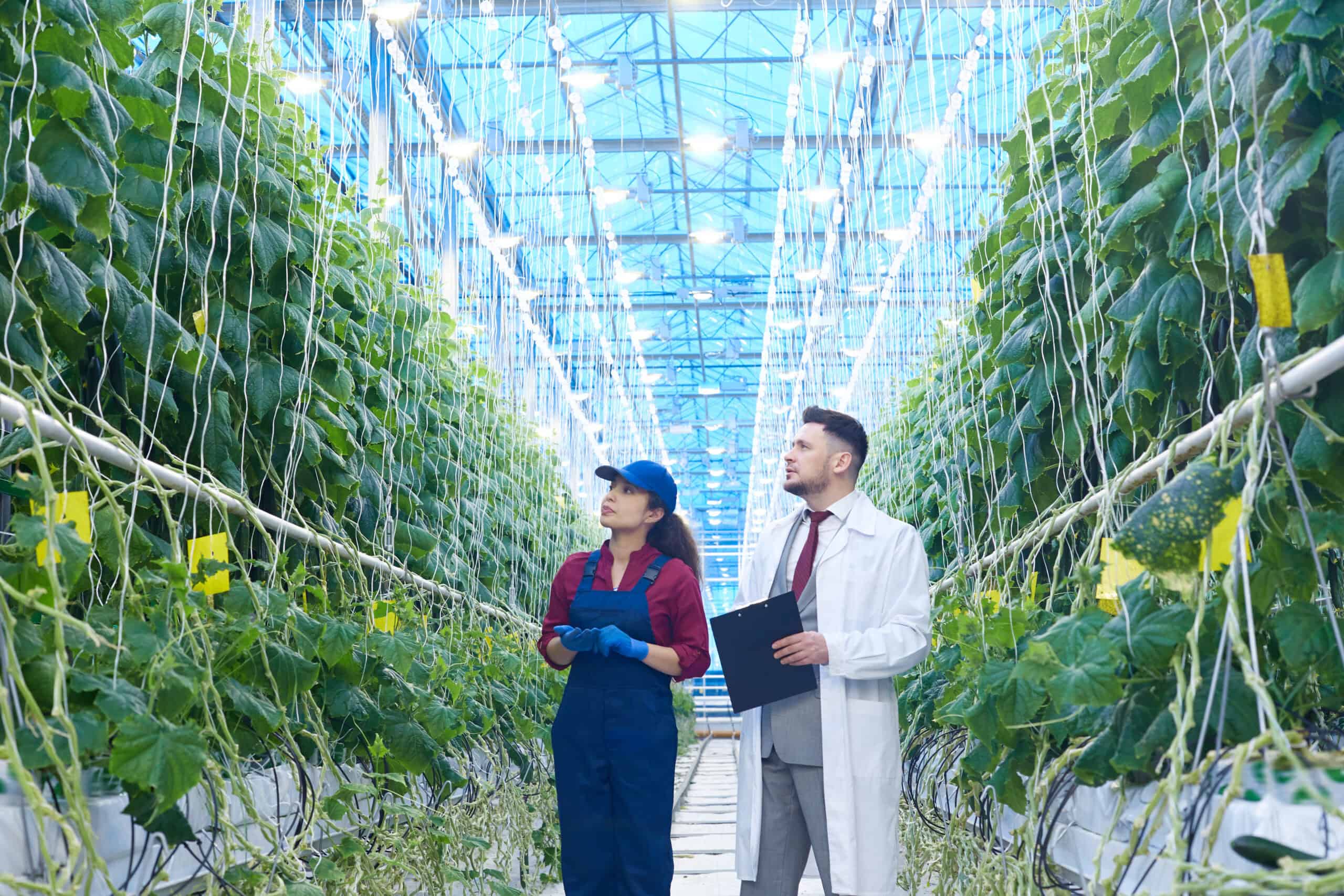
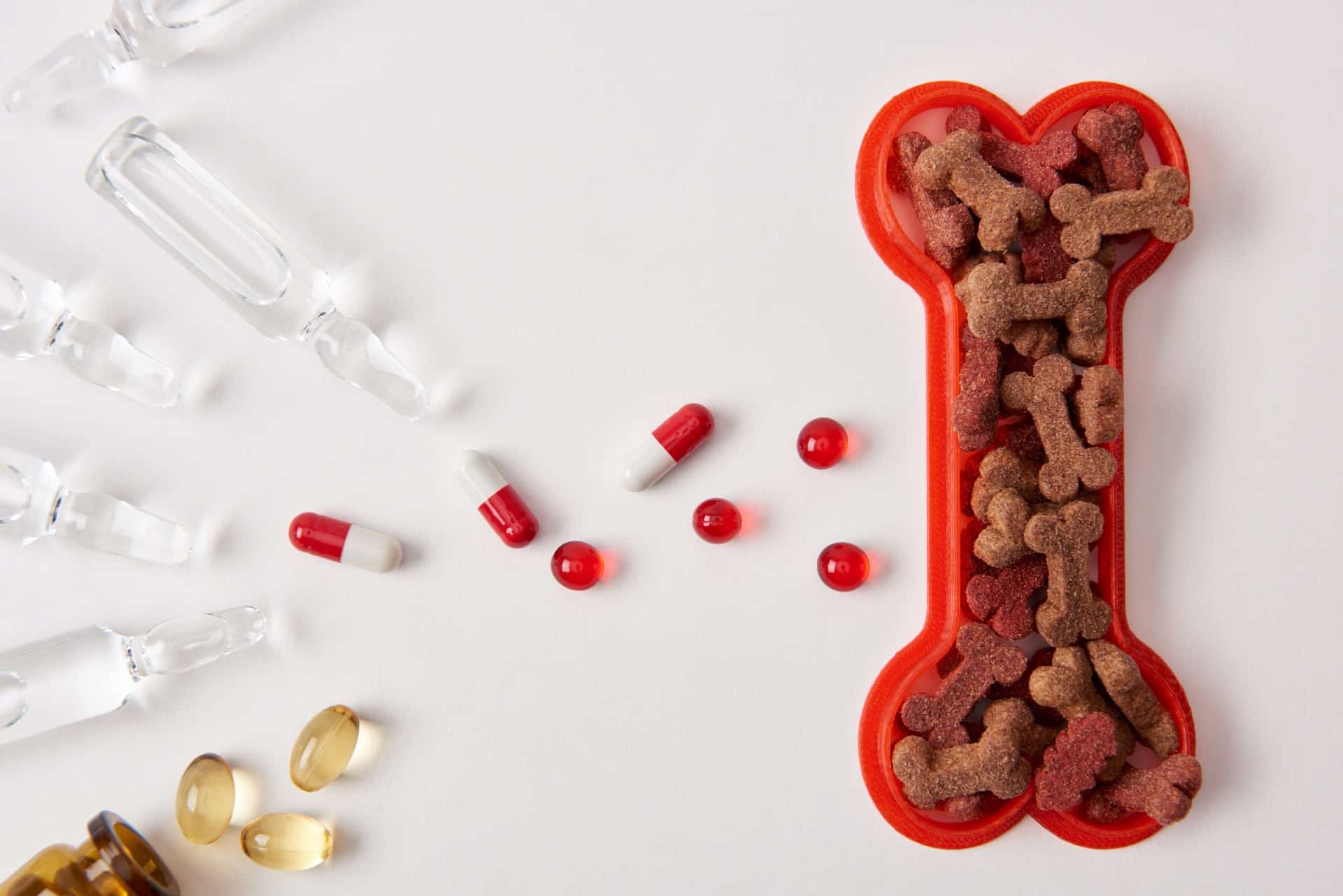

Free radical damage prevention in nutraceutical production and health outcomes
Building on the overview of free radical damage prevention, this section connects mechanistic insights to manufacturing practices and real-world health outcomes. By integrating targeted antioxidant strategies with robust delivery platforms, PhNóva supports product quality, safety, and the potential for improved wellbeing through reduced oxidative burden.
Mechanistic alignment with manufacturing processes
In production environments, controlling oxidative load begins with careful raw material selection, storage, and processing conditions. Enzymatic sources of reactive oxygen species, such as NADPH oxidase, can contribute to unwanted oxidation in certain plant matrices. Minimising exposure to heat, light, and trace metals helps limit lipid peroxidation and preserves membrane integrity in finished ingredients. Formulation strategies that prioritise co-delivery of antioxidants support endogenous antioxidant enzymes and help maintain DNA integrity. Managing Nitric oxide pathways during processing can influence the balance between beneficial signalling and harmful reactive nitrogen species, with direct implications for product stability and bioactivity. PhNóva’s Exosomes Nutra and plant‑derived nanodelivery platforms are designed to enhance bioavailability while keeping oxidative load in check, aligning production with measurable health outcomes.
Health outcomes and clinical relevance
Reducing the burden of free radicals translates to tangible health benefits. Lower oxidative stress is associated with improved cardiovascular resilience, better mitochondrial efficiency, and enhanced skin and cognitive function in daily life. When lipid peroxidation and DNA damage are kept at lower levels, cells maintain function across tissues, supporting immune responses and tissue repair. The synergy between vitamins Vitamin C and Vitamin E and natural polyphenols can modulate signaling pathways related to inflammation and cell survival, helping to preserve neural network balance and mood stability. While intensive antioxidant interventions require careful balance to avoid blunting essential metabolic processes, a well‑calibrated approach—especially in populations at risk for neurodegenerative diseases—can contribute to healthier ageing trajectories and improved quality of life.
Product development and quality assurance
Operational strategies to embed free radical damage prevention in products include rigorous sourcing controls, stability testing, and bioavailability validation. Key practices comprise the following:
- Prioritising ingredients with high antioxidant capacity and stable profiles to reduce oxidation risk.
- Using packaging solutions that minimise light exposure and temperature fluctuations during transport and shelf life.
- Applying nanodelivery systems to enhance bioavailability while monitoring oxidation markers and ensuring consistent performance.
| Ingredient | Role in oxidative control | Expected outcome | |
| Vitamin C | Primary water-soluble antioxidant | Supports ROS scavenging and immune function | |
| Coenzyme Q10 | Supports mitochondrial energy and antioxidant network | Lower oxidative burden and improved tissue resilience |
R&D Consultancy
Discover how PhNóva’s R&D Consultancy can help transform your idea into a market-ready solution — with expert support in formulation, regulatory compliance, and innovative delivery systems to give your product a competitive edge.
FAQ's about Free radical damage prevention: How can you shield your body from oxidative stress?
What is free radical damage prevention and why is it important for health?
free radical damage prevention is the set of strategies that limit oxidative stress caused by reactive oxygen and nitrogen species. These species can damage lipids, proteins, and DNA, including hydrogen peroxide, when antioxidant defenses are overwhelmed. A practical approach combines lifestyle choices with targeted nutrients and bioactive compounds. Regular exercise, sun protection, and not smoking reduce exposure, while antioxidants such as Vitamin C and Vitamin E help scavenge radicals. Supporting endogenous enzymes like glutathione peroxidase and superoxide dismutase through diets rich in colorful produce and polyphenols reinforces cellular resilience and health span.
How can PhNóva Exosomes Nutra support free radical damage prevention in daily use?
Exosomes Nutra leverages plant-derived extracellular vesicles and nanodelivery to improve bioavailability of bioactive compounds, ensuring targeted tissue absorption. By enhancing delivery of antioxidants and polyphenols, it helps scavenge reactive oxygen species and support endogenous enzymes via the Nrf2 pathway, reducing oxidative burden. This approach aligns with PhNóva’s commitment to natural extractions and high bioavailability, delivering measurable improvements in product stability and health outcomes without increasing processing-related oxidation. Exosome-based carriers protect sensitive compounds from environmental stress and enable lower dosing while maintaining efficacy and safety across nutraceutical applications.
Can diet alone prevent oxidative stress and what foods help most?
Diet can significantly influence oxidative balance, but it works best when paired with lifestyle choices. A diet rich in colorful fruits, vegetables, whole grains, and plant-based polyphenols supplies dietary antioxidants that assist the body’s antioxidant defense systems and can reduce lipid peroxidation. Targeting hydration, fiber intake, and moderate caloric intake supports mitochondrial function and reduces burden on NADPH oxidase-driven ROS production. While no single food is a panacea, combining minerals, vitamins, and polyphenols supports free radical damage prevention as part of a broader health strategy.
What is the role of Vitamin C and Vitamin E in protecting cell membranes during oxidative challenges?
Vitamin C and Vitamin E act as complementary scavengers that protect lipid membranes from oxidative attack. Vitamin C, being water-soluble, neutralizes aqueous ROS, while Vitamin E protects the lipid bilayer by interrupting lipid peroxidation chains. Together they help stabilize cell membranes, preserve signaling proteins, and support immune function. In addition, their actions can preserve the activity of other antioxidants like glutathione and coenzyme Q10, contributing to overall free radical damage prevention strategies across tissues. This synergy is especially valuable in aged skin or cardiovascular tissues.
How do manufacturing practices influence oxidative load in nutraceutical products and what safeguards matter most?
Manufacturing practices shape the oxidative load on finished products. Careful raw material selection, appropriate storage, and processing conditions help slow oxidative load and limit activation of enzymes like NADPH oxidase that can generate reactive species in plant matrices. Minimising heat, light exposure, and trace metals reduces lipid peroxidation and preserves membrane integrity. Formulation strategies that prioritize co-delivery of antioxidants, plus protective packaging and robust stability testing, support product safety and efficacy. PhNóva’s Exosomes Nutra platforms are designed to maintain bioavailability without increasing oxidative risk.
What health outcomes are linked to a reduced oxidative burden in tissues like the heart and brain?
Lowering the oxidative burden across tissues can translate into tangible health benefits. Reduced oxidative stress is linked to improved cardiovascular resilience, better mitochondrial efficiency, and healthier skin and cognitive function in daily life. When lipid peroxidation and DNA damage stay low, cells maintain signaling and repair capacity, supporting immune responses. Ongoing research connects oxidative balance with risks for neurodegenerative diseases like Alzheimer’s and Parkinson’s, underscoring the value of balanced antioxidant strategies in aging populations. These trends support consumer demand for products that reliably reduce oxidative challenges.
Are there risks with taking high-dose antioxidants and how can balance be achieved?
While antioxidants are beneficial, excessive intake can disrupt normal physiology. Over-scavenging reactive species may blunt essential signaling and adaptive responses, potentially diminishing exercise benefits and immune readiness. Balance is key; targeted nutrients that support the Nrf2 pathway and endogenous enzymes can help, while avoiding unnecessary excess, especially in healthy individuals. It is wise to monitor total intake and prefer foods and well-formulated products that provide steady, moderate antioxidant exposure rather than megadoses of Vitamin C or Vitamin E.
Get in Touch with PhNóva
Have questions or need expert guidance? Contact us today — our team is ready to assist you with tailored solutions for your formulations.

04/09/2025



